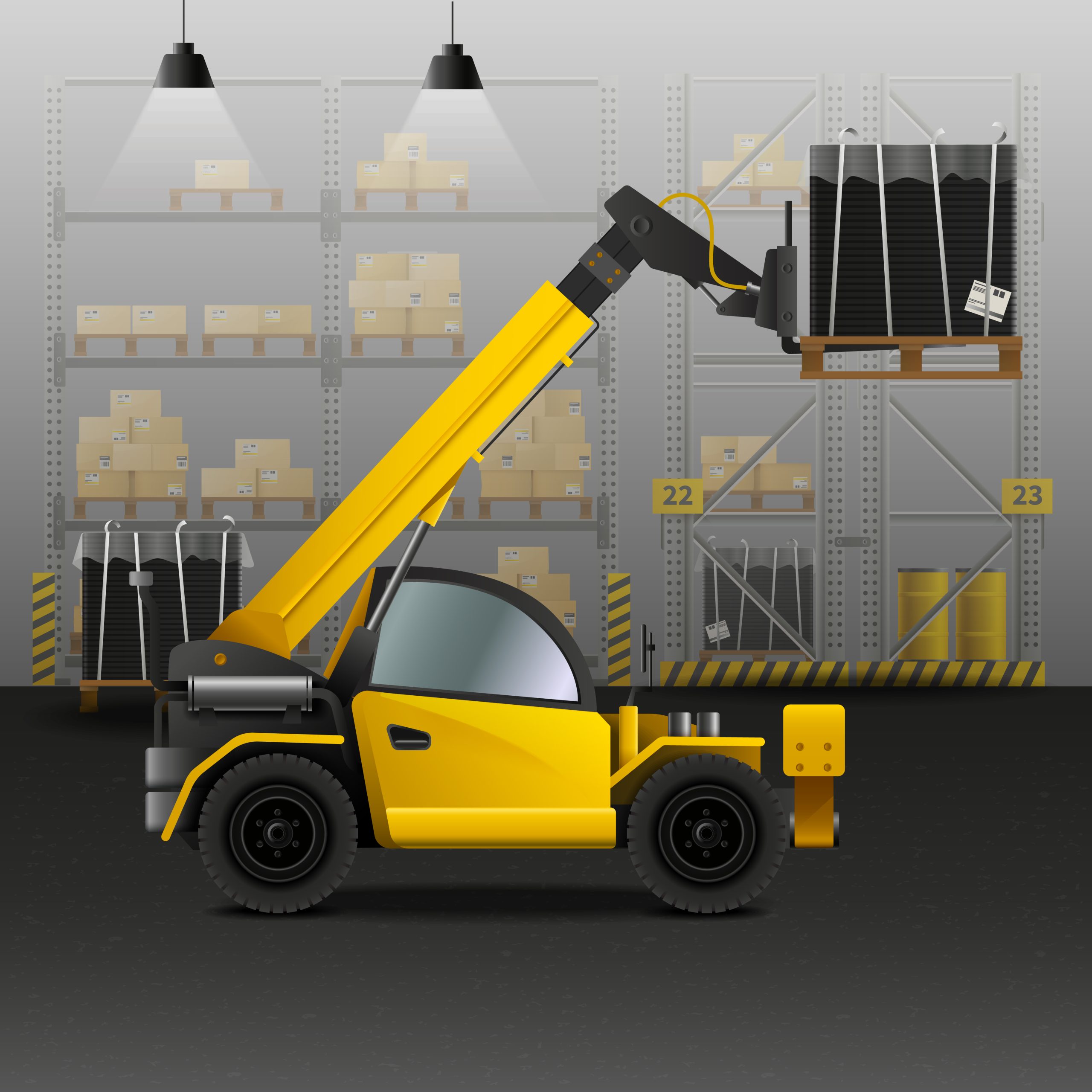Operating a boom lift, such as an articulated boom lift or other types, requires careful checking in order to keep everyone safe and the job running smoothly. Additionally, inspecting it before use not only prevents accidents but also ensures the machine works well. To help you with this, here’s a clear guide on how to inspect a boom lift before every use.
Why Checking a Boom Lift Matters
Boom lifts can carry workers up high, sometimes over 100 feet, thereby allowing them to reach difficult spots easily. Consequently, this power means the machine must be in perfect condition at all times. Furthermore, skipping inspections could lead to serious problems, such as accidents or breakdowns. Therefore, a proper check every day ensures that the boom lift is ready to work safely and efficiently.
Step-by-Step Guide to Inspecting a Boom Lift
This comprehensive guide covers each important area to check on a boom lift; therefore, you should follow these clear steps to ensure that your lift operates safely and smoothly. Additionally, by carefully completing each inspection, you will enhance both safety and efficiency during operation.
1. Read the Operator’s Manual
Each boom lift, whether a straight or articulated boom lift, has a special manual with instructions on how to handle, maintain, and inspect it. Spend time with this manual to understand the lift’s parts, specifications, and any areas needing frequent attention.
- Helpful tip: Keep the manual on or near the lift so it’s always easy to find if you need to look something up.
2. Test Safety Devices
Safety devices like alarms, emergency stops, and backup systems help keep everyone secure. Before using the lift, test each one to confirm it works as it should.
- Check alarms: Confirm that all alarms make a noise loud enough to hear, even on a busy site.
- Emergency stop button: Press the emergency stop button and make sure the lift stops immediately.
Testing these safety features prepares you to handle emergencies if they ever happen.
3. Look at the Tires and Wheels
Carefully check the tyres and wheels, especially if you’re working on rough or bumpy ground. Tires that are flat, damaged, or loose can cause problems on the job site.
- Inspect for damage: Look closely for any holes, cuts, or worn-out spots on each tyre.
- Check tyre pressure: Make sure the tyres are filled with the right amount of air as listed in the manual.
- Look at wheel lugs: Tighten any loose wheel lugs if necessary.
Properly checked tyres help the lift stay steady and move smoothly, reducing the risk of accidents.
4. Check Hydraulic Systems and Fluid Levels
Hydraulic systems provide the boom lift with the necessary power to raise, lower, and move its arm effectively. Therefore, it’s important to always check the hydraulic fluid regularly to make sure it’s at the right level because low fluid can wear down the system quickly. Consequently, maintaining proper fluid levels not only ensures smooth operation but also extends the lifespan of the hydraulic system.
- Check hydraulic fluid level: This should be done with the lift on a level surface.
- Look for leaks: Examine hoses, connections, and cylinders for signs of fluid leaks.
- Extend and retract the boom: Move the boom to test that the hydraulic system works smoothly.
Regular care of the hydraulic system keeps the boom lift strong, especially for flexible movements in articulated boom lifts.
5. Examine Electrical Parts
The electrical parts, such as the control panel and wiring, let the operator control the lift. Checking these parts makes sure the lift responds correctly.
- Inspect control panel: Test all buttons and switches to make sure they work as expected.
- Check for damaged wires: Look for broken or exposed wires, as these can lead to malfunctions.
- Battery condition: If the lift uses batteries, confirm they are fully charged and in good condition.
Working electrical parts help the lift operate correctly, allowing safe and easy control.
6. Inspect Boom Structure and Joints
The boom structure, along with its joints, holds the machine steady while it lifts heavy loads. Articulated boom lifts especially need flexible, strong joints for smooth reaching.
- Look for cracks or damage: Examine the entire boom for any signs of cracks, dents, or other damage.
- Inspect pivot points and joints: Make sure all joints can move freely without stiffness.
- Lubricate joints if needed: Apply oil or grease to joints as needed to keep movement smooth.
A solid boom structure keeps the lift safe, so make sure it’s free of any damage.
7. Check Outriggers and Stabilizers
Outriggers and stabilisers give the lift balance, helping it stand firmly on the ground. These parts keep the boom lift from tipping.
- Look for wear and tear: Examine each outrigger and stabiliser for cracks or dents.
- Ensure proper deployment: Extend each outrigger fully to ensure stability on the ground.
- Inspect pads and plates: Check that the base pads are in good shape, as worn pads can cause the lift to be unsteady.
Good outriggers and stabilisers keep the lift steady, especially when it’s raised to full height.
8. Test the Boom’s Range of Motion
Before using the boom lift, try moving it in all directions. This helps confirm the machine can reach every needed position without issues.
- Extend and retract the boom: Fully extend and retract the boom to make sure it moves smoothly.
- Check for unusual noises: Listen for any grinding sounds that might mean a problem.
- Test rotation capabilities: If the lift can rotate, check that it moves smoothly in each direction.
Testing the range of motion lets you spot any minor problems early.
9. Inspect the Platform and Guardrails
The platform is where the operator stands, so it must be safe and steady. A stable platform helps the operator work with confidence.
- Inspect the floor: Look for any cracks, dents, or loose parts on the platform floor.
- Ensure guardrails are secure: Push and pull on each guardrail to make sure it’s tightly fixed.
- Check access gates and chains: Confirm gates and chains on the platform open and close correctly.
A strong platform keeps workers safe when they’re high above the ground.
Keep Daily Records
After finishing the inspection, note down anything unusual. Record-keeping can help you remember what to repair and is also helpful for safety checks.
Training and Certification for Safety
Proper training not only teaches operators how to inspect and use boom lifts correctly but also enhances their overall competence. Furthermore, only trained operators should use these machines, as their extensive knowledge significantly contributes to keeping everyone safer on the job.
Conclusion
Inspecting a boom lift, especially an articulated boom lift, every day not only ensures safe and smooth operation but also promotes overall efficiency. By diligently following this inspection checklist, you can easily spot and fix problems before they lead to accidents or further complications. Additionally, checking everything from the safety devices and hydraulic systems to the platform and guardrails truly makes a big difference in workplace safety. Furthermore, a careful inspection helps each boom lift work better and, ultimately, safer for everyone involved.




